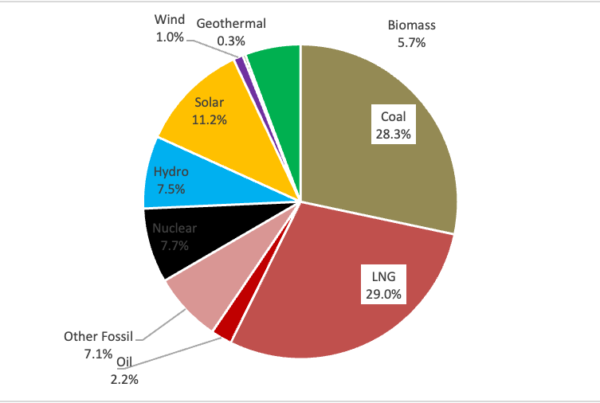“The Basic direction of electric power system reform” was released on July 23rdafter consultation with the professional committee for electric power system reform of METI (hereafter the committee).
The basic direction of this reform is groundbreaking and will start a new era. It states very important directional characteristics as below and specific methods.
- Full-scale liberalization of retail business (Abolishment of regional monopoly)
- Unbundling of generation, transmission and retail of electricity (To secure absolute neutrality and equity of transmission and distribution)
- To secure a wide area of operation of transmission
- To appraise “saving electricity (demand restraint)” as power supply
- Full-scale liberalization of power generation (removal of wholesale regulation)
- Vitalization of the wholesale power market
- Integration and acceleration of competition among energy businesses beyond the frame of “electricity”
- Reform of electricity wheeling services, Introduction of the “plan-record” balancing rule
We request you review the following points in order not to skew the reform.
- Separation of basic direction and each method presented at the committee
- Multidirectional study of the unbundling
- Getting rid of dependence on conventional large scale power generation
- To secure generation capacity of new entrant power companies and acceleration of competition
- Enhancement of interconnections (enhancement of transmission facilities and review of transmission operation)
- Deeper discussion of detail design.
- Steady advancement towards power system reform
Details of each point are as follows.
1. Separation of basic direction and each method presented at the committee
In the basic direction report of the committee, there are a mixture of mid and long range directions and specific methods or reforms which should be realized immediately. Basic direction agreed at the committee and specific methods to achieve it should be clearly separated and documented in order to avoid misunderstanding.
For example regarding “securement of reserves”, the basic direction report says it will be imposed on retailers (it is the case at PJM* in the US). Specific methods are not discussed nor decided at the committee. In Europe, it is the TSO who has the obligation to secure reserves.
In the draft of basic directions, it is described that wide area TSO will operate a one-hour ahead market, this method is also PJM type. In Europe, the operational body of TSO and the one-hour ahead market is different.
PJM adopts the functional unbundling of transmission as ISO. The basic direction report should clearly state it does Not necessarily recommend ISO type unbundling.
(* Popular name of regional transmission operator of the US eastern region (Pennsylvania、New Jersey、Maryland)
2. Multidirectional study of the unbundling
In the basic direction report, the unbundling is discussed only in transmission and distribution as a method to secure neutralization. Separation of the generation departments as well as separation of the retail departments also should be presented in order to secure stronger enhancement of competition and new entrants.
3. Getting rid of dependence on conventional large scale power generation
The description of “Industries need cheap and stable supply of electricity by large scale generation” as ever is an old idea. We should review if electricity by large scale generation is cheap and if an electricity system dependant on a small number of large scale generators is stable. Flexible supply systems and reserves should be presented in the basic direction report.
4. To secure generation capacity power of new entrant power companies and acceleration of competition
The basic direction report should state that the VPP (virtual power plant) system shall be immediately introduced, if new entrant power companies have difficulties in securing capacity or if competition is not enhanced enough after ongoing small reforms.
5. Enhancement of interconnections (enhancement of transmission facilities and review of transmission operation)
In the basic direction report, the enhancement plan for interconnections and trunk transmission lines is not sufficient. This is the same description as in the interim report of “Study committee for enhancement master plan of inter-regional transmission network”. Drastic enhancement of the transmission network and a revision of operation should be directed, not only for interconnections and frequency converters (FC), but also the international connection plan.
6. Deeper discussion for detail design
There are many important points that have not been discussed because of the time restrictions at the committee. The points described in the basic direction report are to be made in detail within this year. Other points which were not discussed at the committee also should be discussed in detail in public.
7. Steady advancement toward power system reform
The importance of electricity system reform is thoroughly described in the basic direction report. We hope the basic direction shall be legislated in the next fiscal year based on transparent and fair discussion by neutral third parties and the reforms are not turned back. Furthermore power companies should undertake reforms right away to do what they can under the existing laws.





